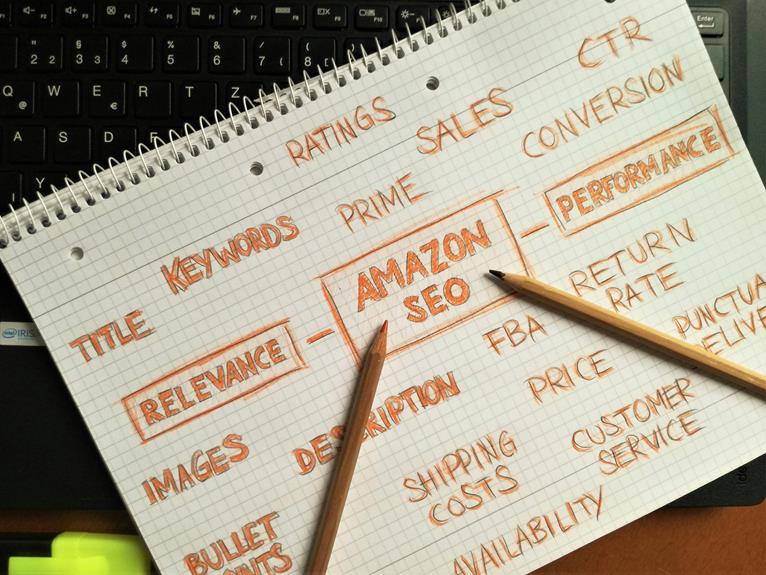When you're looking to boost your website's content relevance for SEO, consider the key elements that make content resonate with both search engines and users. It's not just about stuffing keywords; it's about understanding user intent and weaving those keywords naturally into your content. Structuring your content with clear headings and incorporating engaging elements like images or videos can significantly enhance user experience. But there's more to it—what happens when you regularly update your content to meet current trends and user feedback? That's where the real transformation begins. Curious about how these strategies intertwine for maximum impact?
Key Takeaways
- Align content with user intent by addressing audience queries effectively and providing solutions that match search expectations.
- Optimize keyword usage by incorporating high-value and long-tail keywords relevant to user search intent and content context.
- Enhance content structure with clear headings, bullet points, and prioritized information to improve readability and engagement.
- Incorporate rich media like images, videos, and infographics to increase engagement and dwell time on the website.
- Regularly update and refresh content to maintain relevance and incorporate trending keywords for improved search engine visibility.
Understand User Intent
When optimizing your website for SEO, understanding user intent is paramount. You need to identify why users are searching specific keywords and what they expect to find. By aligning your content with user intent, you increase relevance, improving your search engine rankings.
Begin by analyzing search queries and using data-driven tools like Google Analytics or Search Console to discern patterns in user behavior. These insights help you determine whether searchers are looking for informational, navigational, or transactional content.
Focus on creating user-centric content that directly answers the questions and fulfills the needs of your audience. If your data indicates that users are seeking in-depth guides, ensure your content is comprehensive and informative.
Conversely, if users are looking for quick solutions, offer concise, actionable information. This approach not only boosts your SEO metrics but also enhances user satisfaction and engagement.
Optimize Keyword Usage
Although many factors influence SEO success, optimizing keyword usage remains a cornerstone of effective strategy. It's crucial to not only select the right keywords but also to use them strategically.
Start by conducting thorough keyword research to identify terms that align with your audience's search intent. High-value keywords should have a balance of search volume and competition. Integrate these strategically into your content to boost relevance and visibility.
Here are some key points to consider when optimizing keyword usage:
- Keyword Placement: Ensure keywords appear in critical areas like titles, headers, and the first 100 words.
- Natural Integration: Avoid keyword stuffing; instead, weave keywords naturally into your content to enhance readability.
- Long-Tail Keywords: Incorporate long-tail keywords to target niche audiences, often leading to higher conversion rates.
- LSI Keywords: Use Latent Semantic Indexing (LSI) keywords to add context and depth, helping search engines understand your content better.
- Regular Updates: Regularly update your keyword strategy based on performance data and changing trends.
Enhance Content Structure

With your keyword strategy in place, it's time to enhance your content structure to boost SEO performance. A well-organized structure helps search engines understand your content better and provides a seamless experience for users. Start with clear headings and subheadings, ensuring your primary keywords are naturally integrated. Utilize bullet points and numbered lists for readability, making it easier for users and search engines to digest information quickly.
Consider the following content structure elements:
| Element | Purpose | Benefit |
|---|---|---|
| Headings | Organize content | Improve readability |
| Paragraphs | Break down information | Enhance user engagement |
| Lists | Highlight key points | Boost scannability |
Data shows that users spend 80% of their time above the fold, so prioritize your most critical information there. This approach not only captures attention but also increases dwell time, a key SEO metric. Internal linking is another powerful tool to enhance content structure. By linking related articles, you guide users deeper into your site, increasing page views and reducing bounce rates.
Incorporate Rich Media
To elevate your SEO strategy and engage your audience more effectively, incorporate rich media into your content. Rich media, like images, videos, infographics, and interactive elements, can significantly boost your website's relevance.
By using these elements, you not only improve user experience but also enhance search engine rankings. Visuals capture attention faster than text alone, making your site more attractive and sticky, which reduces bounce rates and increases time on page—key metrics that search engines use to gauge relevance.
Consider these data-driven strategies to make the most of rich media:
- Images: Use high-quality, optimized images with descriptive alt tags to improve accessibility and searchability.
- Videos: Embed relevant videos to increase engagement and dwell time, with transcriptions for SEO benefits.
- Infographics: Create shareable infographics to convey complex information quickly and attract backlinks.
- Slideshows: Implement slideshows for dynamic content presentation, maintaining user interest.
- Interactive Elements: Include quizzes or polls to engage users actively, encouraging repeat visits.
Incorporating rich media strategically aligns with user-centric SEO practices.
Update and Refresh Content

Regular updates and content refreshes are critical to maintaining a relevant and competitive website. Search engines prioritize fresh, up-to-date content, making it essential for you to revisit and revise your website regularly.
By refreshing your content, you signal to search engines that your site remains active and offers current information, which can enhance your SEO rankings.
Analyze your website data to identify content that needs updating. Look for pages with high bounce rates or those that haven't been updated recently. Use keyword tools to discover new, trending keywords and incorporate them naturally into your existing content.
This approach ensures you're meeting user search intent, which is crucial for SEO success.
Don't ignore user feedback and engagement metrics. Comments, shares, and time spent on pages provide valuable insights into what your audience finds useful.
Update content based on these interactions to boost relevance and authority. Also, ensure that your updates include checking for broken links, outdated references, and new developments within your industry.
Conclusion
To boost website content relevance for SEO, you need to focus on understanding user intent and optimizing keyword usage. Enhance your content structure by using clear headings, bullet points, and incorporating rich media. Regularly update and refresh your content to stay current with trends and user feedback. By aligning your content with search queries, you'll improve search rankings and user satisfaction, driving more traffic and engagement. Embrace these strategies to create data-driven, user-centric content.


Leave a Reply